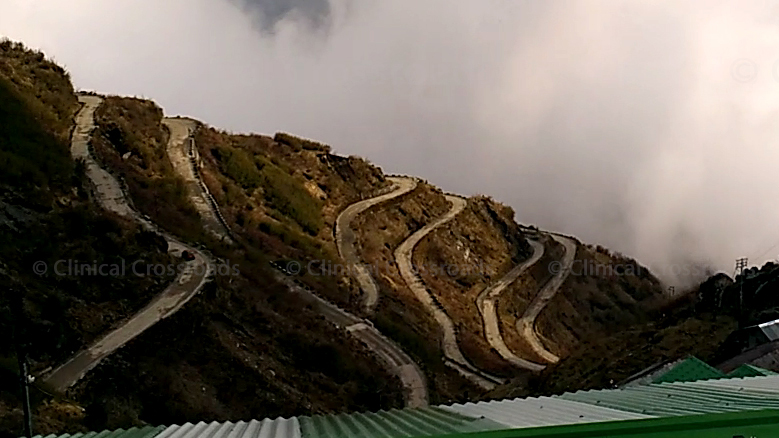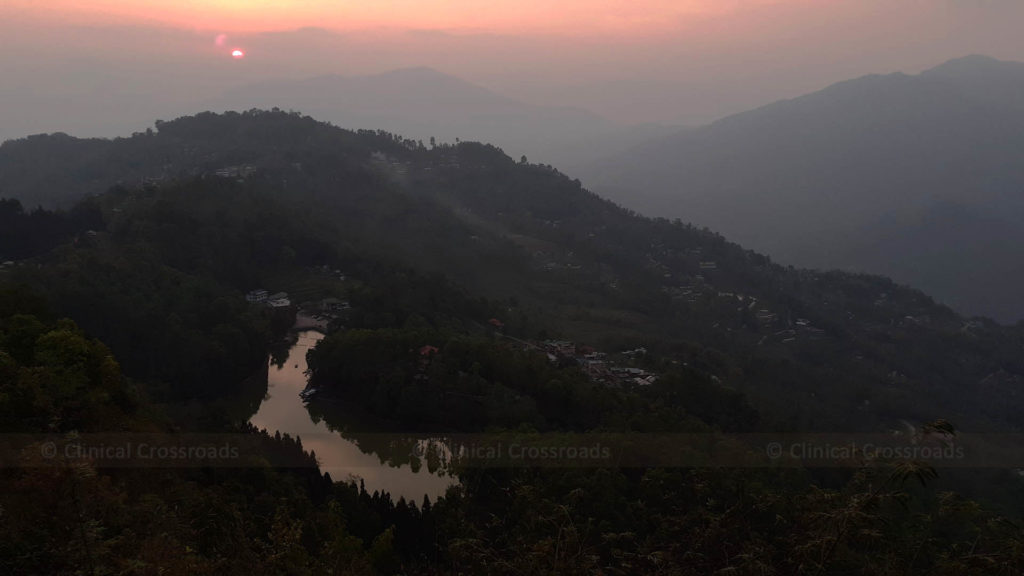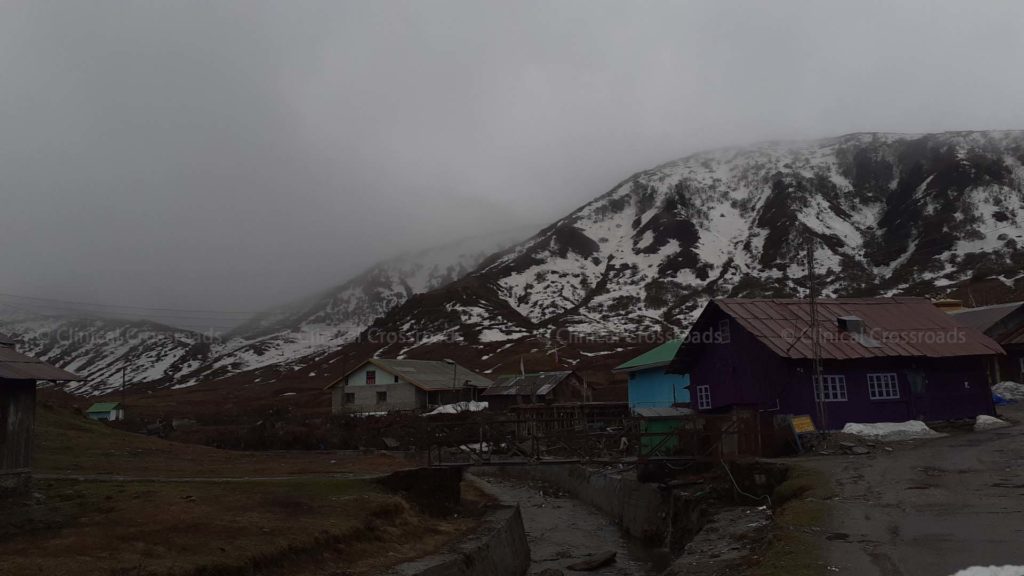THE OLD SILK ROUTE
THE ULTIMATE PLAN FOR YOUR NEXT TRIP TO OLD SILK ROUTE
by Clinical Crossroads

A real versatile place this is. Good Season spans from September to May. East Sikkim presents itself vividly and differently each time of the year… Clear skies in autumn, cold & icy in winter, flowered with rhododendrons in late spring.
How to reach
You invariably have to start from Siliguri, located in the Chicken Neck region of Northern part of the state of West Bengal. Siliguri is well connected to cities like Kolkata, Patna and Guwahati by railway and bus service. It also has an airport (Bagdogra) for flights from all over India. Airline operators like GoAir and Air Vistara operate regular flights. You can also check MakeMyTrip.
Book through a Travel Agent or not



As I already mentioned, there are hardly any hotels in the Silk Route Circuit. However, there is no shortage of homestays. These are run by the locals and usually come at fixed rate packages including fooding and lodging. Travel websites like Agoda, Expedia, GoIbibo and MakeMyTrip have many of these listed. Some homestays like the Kanchanjunga Mirror Home Stay (where we stayed and had an awesome experience) have their own websites. Most homestays would require you to transfer the booking amount to their account in advance through NEFT.



Booking your vehicle and Travel Permit
The driver arranges for the permits of the tourists, which are done from Permit Authorities at Rongli Bazaar (in between Aritar and Padamchen), as Silk Route Circuit is a restricted area.
Weather and Clothings
Aritar and Zuluk have a comfortable cool weather, but as you go up, Lungthung and Gnathang can get uncomfortably cold. So, be prepared with your jackets, wooly cots, monkey caps, gloves and socks. Don’t forget your shoes.
Health
The elderly and those with morbidities like Cardiovascular diseases should refrain from this tour, specially the part above Zuluk. Pregnant ladies, babies and very young children might face difficulties and hence should avoid.
Budget


